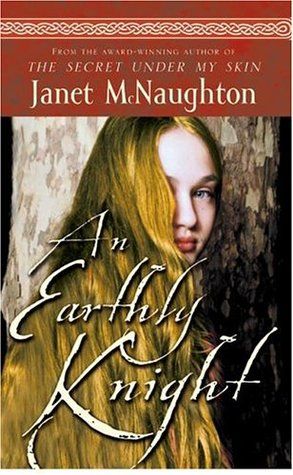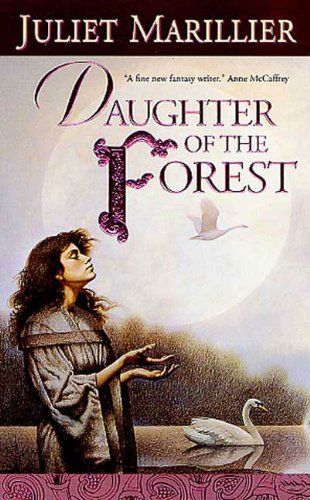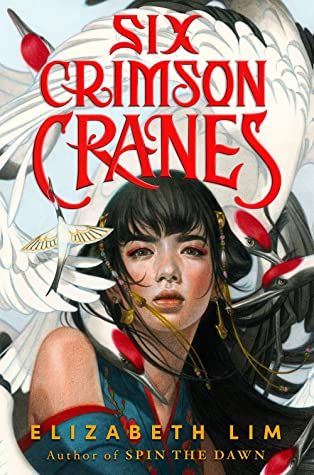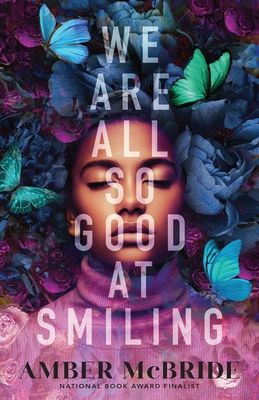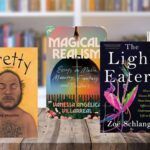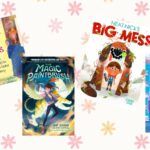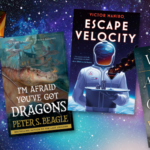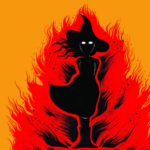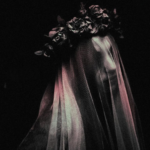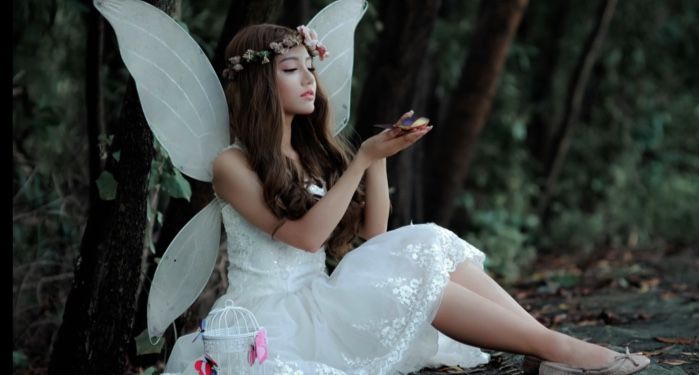
The Allure of Books About Faeries and the Fae
When did I first feel the tug into faerie land as a reader? With the recent release of Holly Black’s new book, The Stolen Heir, I decided to reread The Folk of Air series and quickly fell back down the rabbit hole into the world of faeries and the Fae. Faerie books have been on my mind lately, but I’ve been a fan of them for as long as I can remember.
I think my first bookish encounter with faeries that really had an impact on me occurred when I read Gail Carson Levine’s Ella Enchanted in 6th grade. A girl gets cursed with obedience by a fairy so she decides to do whatever it takes to be as disobedient as possible? Sign me up. I checked that book out so many times from my elementary school library that my librarian began to notice. It was like my default mode as a kid of ordering chicken tenders at restaurants. I see there’s a lot on the menu, but no, I’m definitely going with chicken tenders. All these books you say? I’ll take Ella Enchanted again, thanks.
After Ella Enchanted, stories featuring faeries and the Fae seeped further into my reading life. Fairytale retellings became my new cup of tea, and I came across real gems. I discovered books I love so dearly that even though some went out of print, I found used copies and bought them for my personal library. Janet McNaughton’s retelling of the Scottish ballad Tam Lin called An Earthly Knight and Juliet Marillier’s Irish fantasy Daughter of the Forest became forever favorites of mine.
What Makes Faerie Books So Alluring?
So what is it about faeries and the Fae that make them such delicious reading experiences? Faeries can be quite dangerous creatures, after all, as any faerie book fan can tell you. This comes through in McNaughton’s An Earthly Knight when Jenny witnesses a fairy procession in the forest, observing, “The fairy queen passed first, looking just as beautiful and cruel as she had that day by the river.” Fairies can be lovely, but they can also be capricious and wicked. As I’d picked up from Ella Enchanted, gifts from fairies can just as easily turn out to be curses.
In fact, the narrative with books about faeries and the Fae often involves humans getting taken by faeries. As Holly Black writes in her second book of The Folk of Air series, The Wicked King, “Once upon a time, there was a human girl stolen away by faeries, and because of that, she swore to destroy them.”
There’s more to faeries and the Fae than just danger, though. There’s an allure to them, a charm they cast, that ensnares me each time. The world of faerie promises magic and wonder beyond our wildest imaginings. When we enter the land of Fae in the books we read, we can shed the trivial trials and woes of our own lives. We can join the faerie revels for a brief respite in a world of enchantment.
Books About Faeries Offer Escapism and Wonder
After reading K.E. Ormsbee’s fairy fantasy The Water and the Wild, I came across the timeless William Butler Yeats poem that encapsulates this feeling of escape into enchantment. It can also be found in The Collected Poems of W.B. Yeats, and goes like this:
“Come away, O human child!
To the waters and the wild
With a faery, hand in hand,
For the world’s more full of weeping than you can understand.”
Yeats puts into words what I struggle to. There’s such appeal in exchanging a world of weeping for one of waters and wild, of adventure and magic.
In Marillier’s Daughter of the Forest, Sorcha spends a long time away from her beloved ancestral home in Ireland. As Marillier explores that pull Sorcha has to the forest of Sevenwaters, she writes,”…her spirit yearned to return home once more, to the wild forest and the land of mystic tales and ancient spirits whence he had taken her.” This forest contains not just Sorcha’s fond memories of running around barefoot with her brothers growing up. It holds the Fae Folk themselves. These folk roam freely, dabbling in human affairs, for better or for worse, when it suits their fancy.
Books about faeries promise not just danger, but a glamour that can’t be easily shaken. In this way, faeries and the Fae present a love/hate relationship of sorts. Jude Duarte from Holly Black’s The Wicked King sums this up perfectly. As Jude agonizes over her conflicting feelings about Cardan, she declares, “I hate you so much that sometimes I can’t think of anything else.”
It’s my favorite line from that series. I love the duality of the statement, the love and hate intertwined as one. Fairies can be fearsome and cruel, and yet they can also be extraordinary. Two things can be true.
Faerie Themes Across Mythologies
Books about faeries and the Fae will always hold a revered space on the bookshelf in my heart. As I continue to read in the genre, I enjoy finding common threads from faerie stories I grew up with peeking through in other mythologies. I crave the idea of the mortal world merging with another, more enchanting yet dangerous world, even when the supernatural beings aren’t faeries themselves. For example, the fantastical element that Chippewa author Angeline Boulley weaves into Firekeeper’s Daughter sent tingles down my spine as Daunis reflects on the stories she’s heard about the mythical “Little People” in the forests near her home. In Elizabeth Lim’s Six Crimson Cranes, the trickster nature of faeries comes across in the absolute snack of a character that is the dragon prince, Seryu.
The theme of crossing from the mortal world to another carries over beautifully in Axie Oh’s retelling of classic Korean folklore, The Girl Who Fell Beneath the Sea, as Mina finds herself in the Spirit Realm where the Sea God is trapped in an enchanted sleep. In Janie Chang’s historical fantasy, The Library of Legends, guardian spirits and immortals from Chinese folklore mingle with mortals as they depart during wartime. Amber McBride’s We Are All So Good At Smiling, Nghi Vo’s Siren Queen, and Darcie Little Badger’s Elatsoe are just a few more excellent examples of this alluring faerie and faerie-adjacent genre.
While stories about faeries, the Fae, and other supernatural beings promise the feeling of escape into a world of wonder, they can also offer surprising and profound insight into our own lives. In The Girl Who Fell Beneath the Sea, Axie Oh writes, “Stories are both an escape from the truths of the world and the only way to see them clearly.”
Before You Return To the Mortal World…
Each time I open the pages of a new book that reminds me of faeries and the Fae, I feel that heady concoction of danger and delight. Maybe someday, I’ll capture my love of faerie land on paper and finish writing that fantasy novel I’ve been brewing on for years. Until then, I’ll satisfy myself with more reading. I can’t wait to see what waters and wilds await me in the next book I fall into. What faerie book will you read next?



